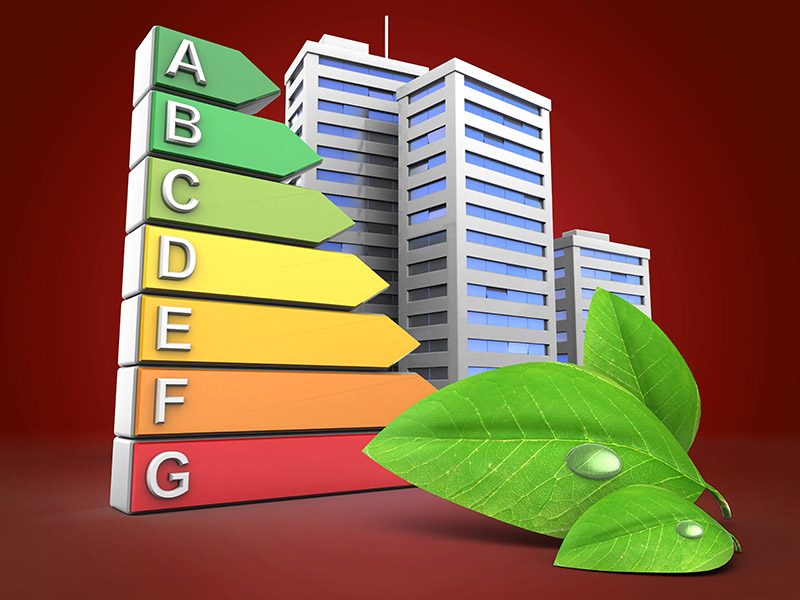Electrification may be the latest industry buzzword, but government agencies in New York have only increased the number of incentives programs which aim to reduce the state’s dependence on fossil fuels. If you have established electrification as part of your portfolio-wide energy strategy, consider using the funds the state has reserved to help you achieve your goals.
One of the state’s programs, NYS Clean Heat, promises funding for the most popular alternatives to oil- and gas-fired equipment: air-source heat pumps (which includes VRF) and geothermal (ground-source) heat pumps.
Eligibility Requirements
1. For Existing Buildings:
An active electric utility account.
2. For New Construction:
Design Phase – Intent to obtain a temporary utility account
Construction Phase – Temporary utility account
3. The site must be/will be occupied year-round
4. Installed heat pumps must be used for heating in order to offset existing fossil fuels (e.g. natural gas, oil, steam)
5. Heat pumps must be designed to provide domestic/service hot water heating and/or both space heating and cooling. Heat pumps used primarily for space cooling are not eligible.

 wners and developers.
wners and developers.